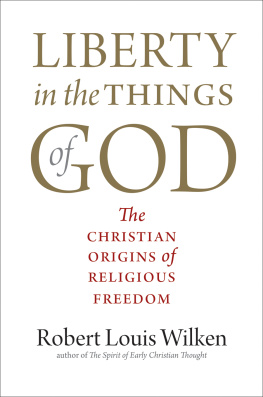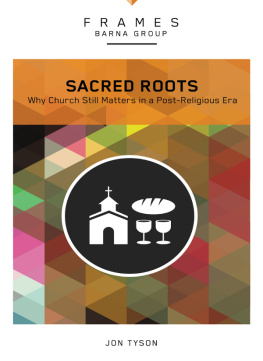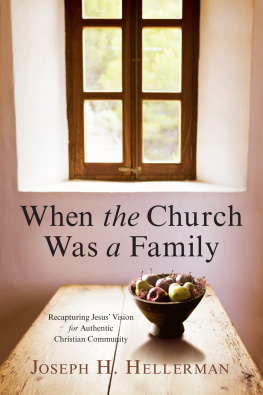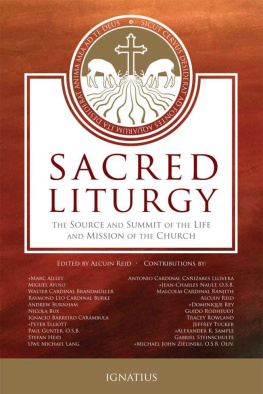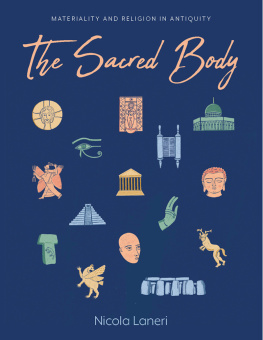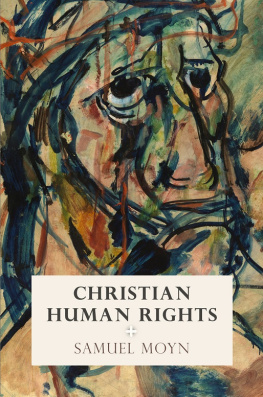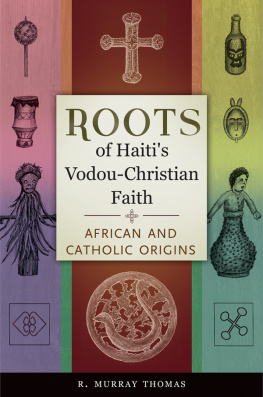David Hillman - Original Sin: Sex, Drugs, and the Church
Here you can read online David Hillman - Original Sin: Sex, Drugs, and the Church full text of the book (entire story) in english for free. Download pdf and epub, get meaning, cover and reviews about this ebook. year: 2012, publisher: Ronin Publishing, genre: Religion. Description of the work, (preface) as well as reviews are available. Best literature library LitArk.com created for fans of good reading and offers a wide selection of genres:
Romance novel
Science fiction
Adventure
Detective
Science
History
Home and family
Prose
Art
Politics
Computer
Non-fiction
Religion
Business
Children
Humor
Choose a favorite category and find really read worthwhile books. Enjoy immersion in the world of imagination, feel the emotions of the characters or learn something new for yourself, make an fascinating discovery.

- Book:Original Sin: Sex, Drugs, and the Church
- Author:
- Publisher:Ronin Publishing
- Genre:
- Year:2012
- Rating:5 / 5
- Favourites:Add to favourites
- Your mark:
Original Sin: Sex, Drugs, and the Church: summary, description and annotation
We offer to read an annotation, description, summary or preface (depends on what the author of the book "Original Sin: Sex, Drugs, and the Church" wrote himself). If you haven't found the necessary information about the book — write in the comments, we will try to find it.
ORIGINAL SIN is an investigation of sacred Christian mysteries of antiquity to show the historic link between the use of drugs and ritualized sex embedded in Western religion.
ORIGINAL SIN is an investigation of the first acts of pedophilia within the Christian church. It is a book about the promotion and defense of child rape as a sacred Christian mystery.
The Wests most venerated social, religious and political ideals stem from a cultural war waged against the human body. ORIGINAL SIN reveals the origin of this war.
Using the influence of the first Christian Emperors, and the moral authority of their political organization, powerful bishops of the early Church promoted the performance of sacred mysteries in which young children were starved, drugged, and sodomized. In ceremonies meant to test their purity, exorcist priests victimized young children from the ranks of the orphans and homeless who populated the large cities of the ancient world.
ORIGINAL SIN focuses on the writings of Christian priests themselves and the pagans who condemned their immoral activities. It shows that Church actively promoted and defended the rape of children, and that such crimes were present from the very earliest days of Christianity.
ORIGINAL SIN draws from ancient internal documents, written by venerated church leaders - written in Latin - who actively promoted the rape and molestation of children. Bishops, monks and priests of the early Church successfully defended themselves from legal prosecution for centuries. As the Roman public railed on priests for sexually exploiting children, the church leadership used its growing political influence to prevent any of the child rapists within the clergy from coming to justice.
ORIGINAL SIN also traces the divine feminine voice through Western history.
The potent combination of natural drugs and the feminine voice is the basis for western civilization. ORIGINAL SIN explores the foundation of western society as the product of a peculiar interaction chemical and biological forces
The pagan world was aware of the sexual crimes committed against these orphans, and waged a lengthy campaign against the priests who perpetrated these rapes.
Christian priests claimed that by sodomizing children, they were saving them from possession by the demons of the pagan religions. Christian theologians justified these acts of rape by pointing to some of the earliest writings of the apostles and even the acts of Jesus himself.
Exorcist priests specifically victimized young children from the ranks of the orphans and homeless who populated the large cities of the ancient world. The pagan world was aware of the sexual crimes committed against these orphans, and waged a lengthy campaign against the priests who perpetrated these rapes.
The Christian hierarchy claimed these children were being sexually tested in order to prevent them from being used in pagan rituals that required the same children to remain sexually inexperienced. Christian priests claimed that by sodomizing children, they were saving them from possession by the demons of the pagan religions.
Christian theologians justified these acts of rape by pointing to some of the earliest writings of the apostles and even the acts of Jesus himself. In the early church, groups of Christians in Asia Minor even formed their own associations that claimed the performance of such acts was a means of assuring the salvation of both the victims and the perpetrators.
The potent combination of natural drugs and the feminine voice is the basis for western civilization. ORIGINAL SIN explores the foundation of western society as the product of a peculiar interaction...
David Hillman: author's other books
Who wrote Original Sin: Sex, Drugs, and the Church? Find out the surname, the name of the author of the book and a list of all author's works by series.


